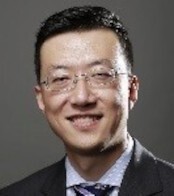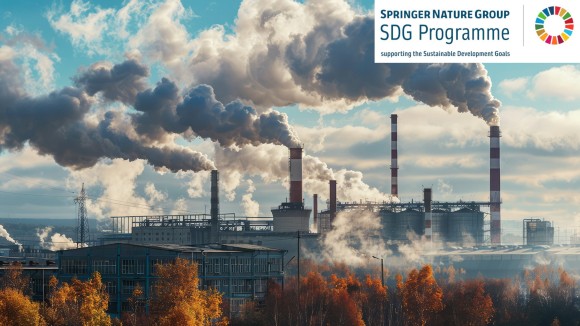Pingqing Fu, PhD, Tianjin University, China
 Dr. Pingqing Fu is Chair Professor of Atmospheric Chemistry and Biogeochemistry. His research team focuses on the chemodiversity of organic matter in atmospheric aerosols, rain and fog water, and snow and ice-cores at a molecular level as it relates to long-range transport, photochemical degradation, and climate change. He serves as Director of the Center for Land/Ocean-Atmosphere Interface Science in Tianjin University.
Dr. Pingqing Fu is Chair Professor of Atmospheric Chemistry and Biogeochemistry. His research team focuses on the chemodiversity of organic matter in atmospheric aerosols, rain and fog water, and snow and ice-cores at a molecular level as it relates to long-range transport, photochemical degradation, and climate change. He serves as Director of the Center for Land/Ocean-Atmosphere Interface Science in Tianjin University.
Qiang Zhang, PhD, Tsinghua University, China
 Dr. Qiang Zhang is a professor at Department of Earth System Science, Tsinghua University. His research interests include quantifying emissions of atmospheric compositions, coupled human and atmospheric system, and mitigation pathways of greenhouse gases and air pollutants.
Dr. Qiang Zhang is a professor at Department of Earth System Science, Tsinghua University. His research interests include quantifying emissions of atmospheric compositions, coupled human and atmospheric system, and mitigation pathways of greenhouse gases and air pollutants.

